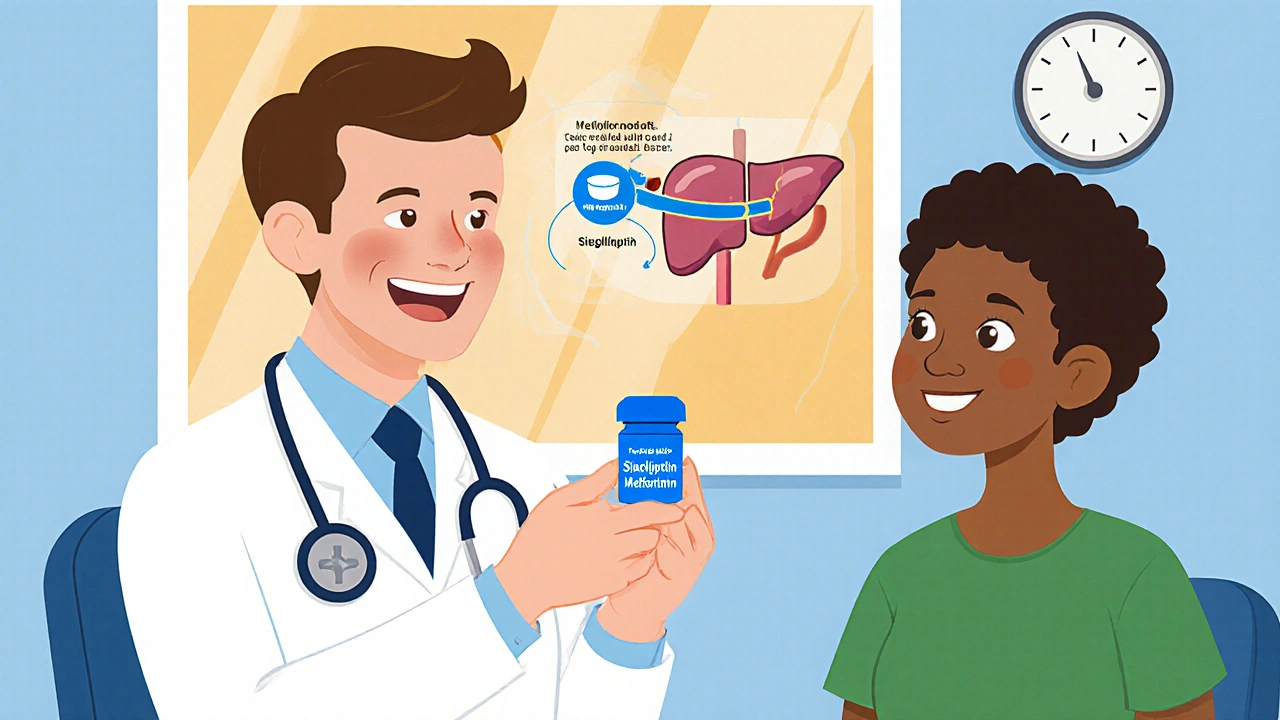Type 2 Diabetes: What You Need to Know
When dealing with type 2 diabetes, a chronic condition where the body either resists insulin or doesn't produce enough, leading to elevated blood sugar levels. Also known as adult‑onset diabetes, it affects millions worldwide and requires a mix of medication, monitoring, and daily habits to stay under control.
One of the most prescribed meds is Metformin, an oral drug that lowers glucose production in the liver and improves insulin sensitivity. It’s often the first line because it’s cheap, well‑studied, and works for many people. If Metformin isn’t enough, doctors may add insulin therapy, injectable insulin that directly replaces or supplements the hormone your body isn’t using effectively. Knowing when to switch or combine these treatments is a key part of a solid diabetes plan.
Monitoring and Lifestyle: The Daily Duo
Keeping an eye on blood sugar isn’t optional – it’s the feedback loop that tells you if your plan is working. Blood glucose monitoring, using a finger‑stick meter or continuous glucose sensor to record levels throughout the day, helps you spot spikes after meals or dips during exercise. The data guides dosage tweaks and food choices.
Speaking of food, diet and movement are the other pillars. A balanced plate with whole grains, lean proteins, and plenty of non‑starchy vegetables can blunt post‑meal spikes. Regular aerobic activity – even a brisk 30‑minute walk most days – boosts insulin sensitivity and helps control weight, another major driver of type 2 diabetes. Combining these habits with medication creates a three‑way synergy: meds handle the biology, monitoring checks the numbers, and lifestyle nudges the system toward better balance.
Complications often arise when any of those pillars slip. High blood sugar over time can damage nerves (diabetic neuropathy), eyes (retinopathy), kidneys (nephropathy), and the heart. Early detection through routine eye exams, urine tests, and cholesterol checks can prevent severe outcomes. That’s why a comprehensive care plan includes regular check‑ups with your primary doctor, endocrinologist, and sometimes a dietitian.
Another practical angle is the cost factor. Generic Metformin and many blood‑glucose strips are affordable, especially when bought through reputable online pharmacies like MyPharmacy‑Online. Knowing how to compare prices, verify pharmacy credentials, and use discount programs can keep your budget in line while you stay on track with treatment.
Finally, mental health matters. Managing a chronic condition can be stressful, and stress itself raises blood sugar. Simple techniques – mindfulness, short breaks, or talking with a support group – can lower cortisol and make it easier to stick to your plan. When you feel good mentally, you’re more likely to follow medication schedules, log glucose readings, and choose healthier meals.
All these pieces – medication options like Metformin and insulin, diligent glucose monitoring, diet and exercise, regular medical reviews, cost‑saving tips, and mental well‑being – weave together into a practical roadmap for living with type 2 diabetes. Below you’ll find a curated set of articles that dive deeper into each of these areas, from step‑by‑step guides on buying cheap generic Metformin online to detailed comparisons of blood pressure medicines that often accompany diabetes care. Explore the resources to fine‑tune your own strategy.

Sitagliptin‑Metformin Combination: Benefits, Risks & What to Expect
Explore the advantages, risks, and practical tips for using sitagliptin‑metformin therapy in type 2 diabetes, with evidence, patient selection, and FAQs.
Categories
- Health and Medicine (40)
- Medications (40)
- Health and Wellness (34)
- Online Pharmacy Guides (15)
- Nutrition and Supplements (7)
- Parenting and Family (3)
- Environment and Conservation (2)
- healthcare (1)
- prescription savings (1)
Popular Articles



